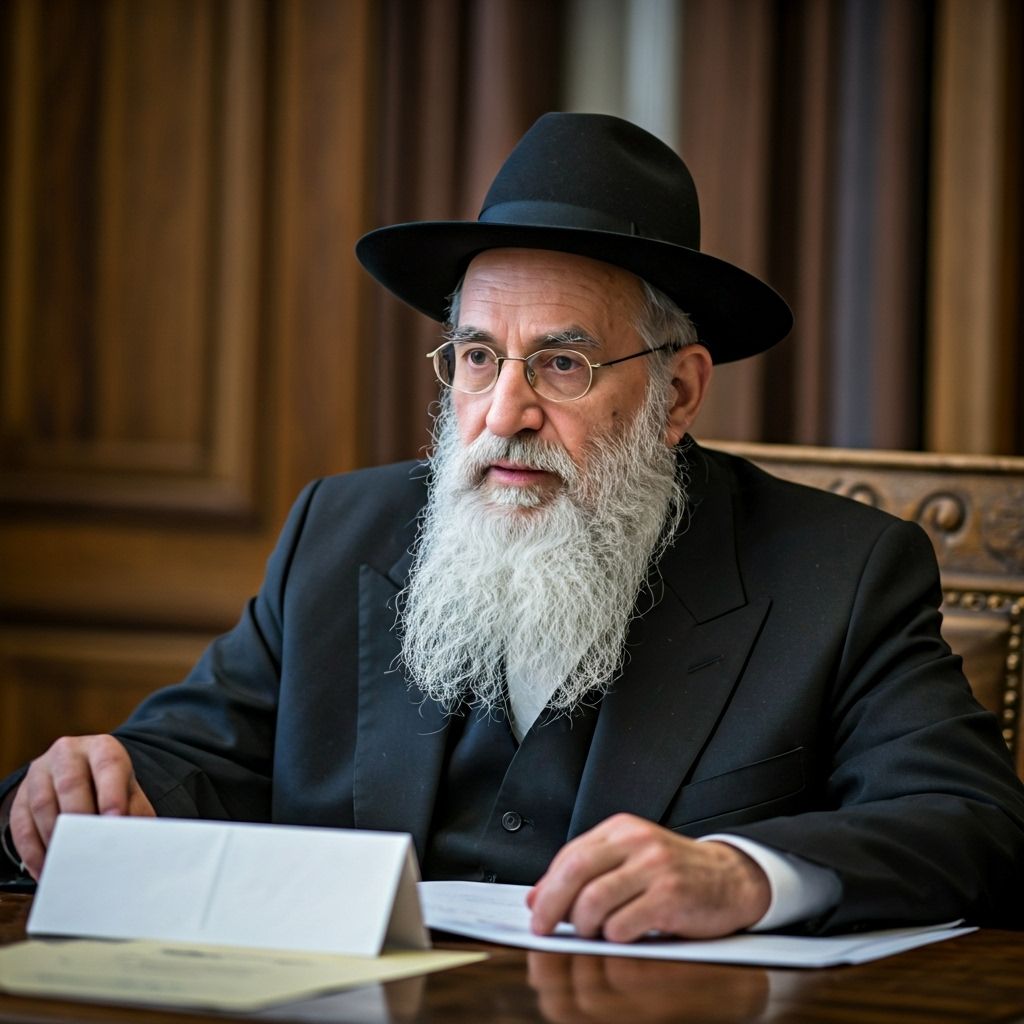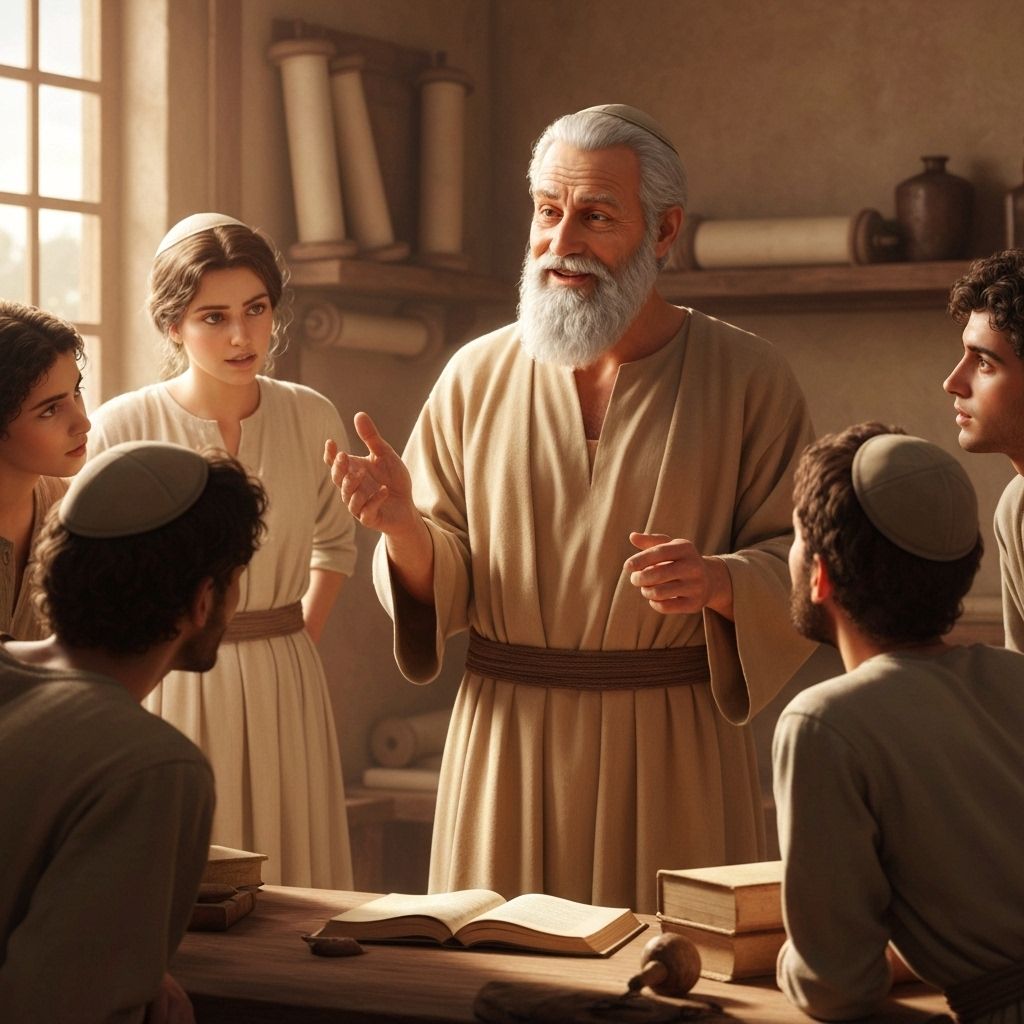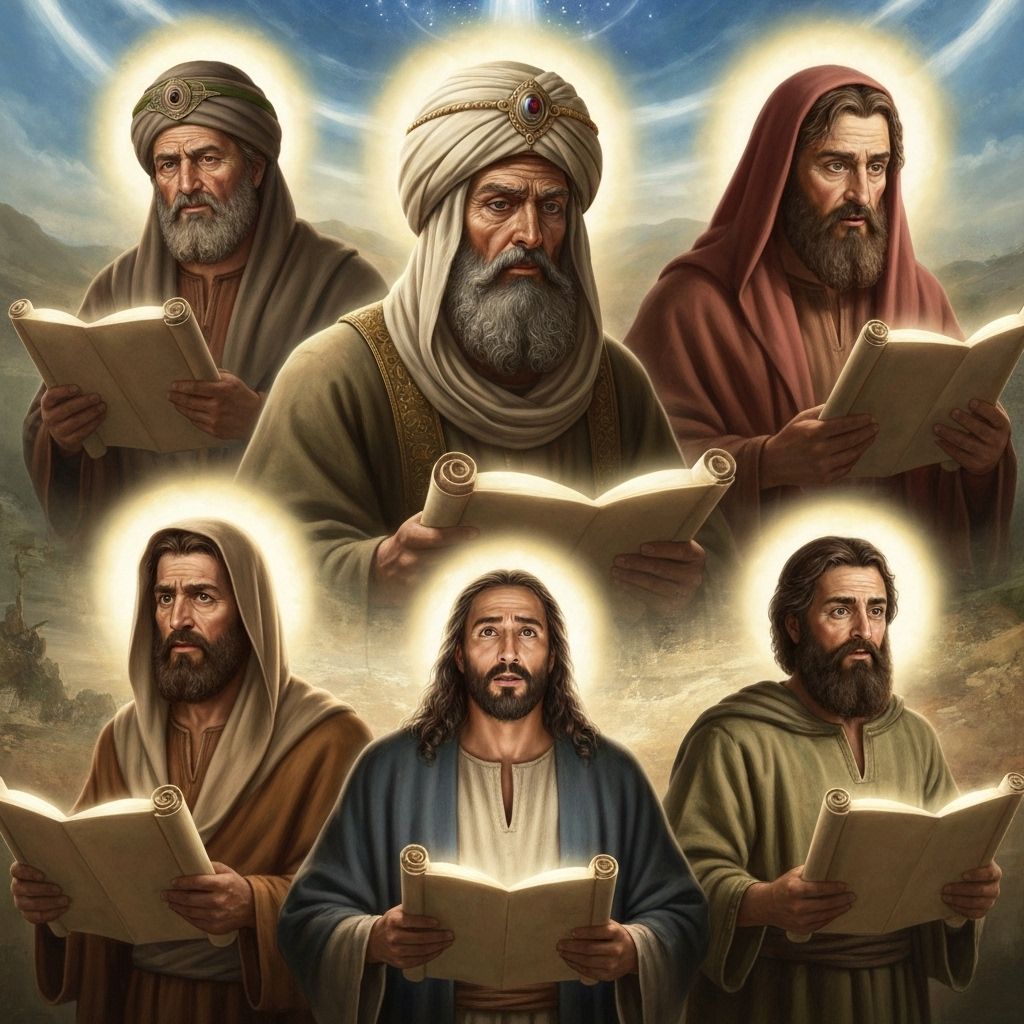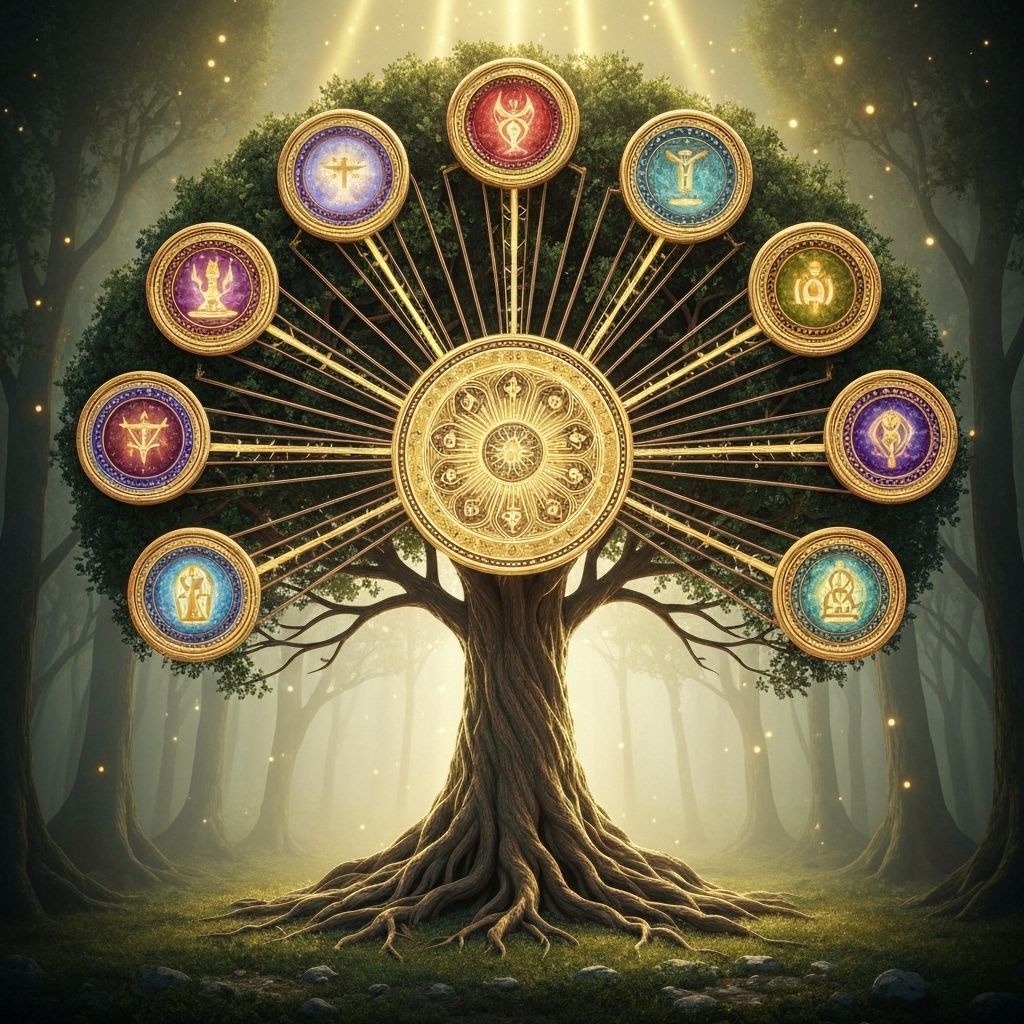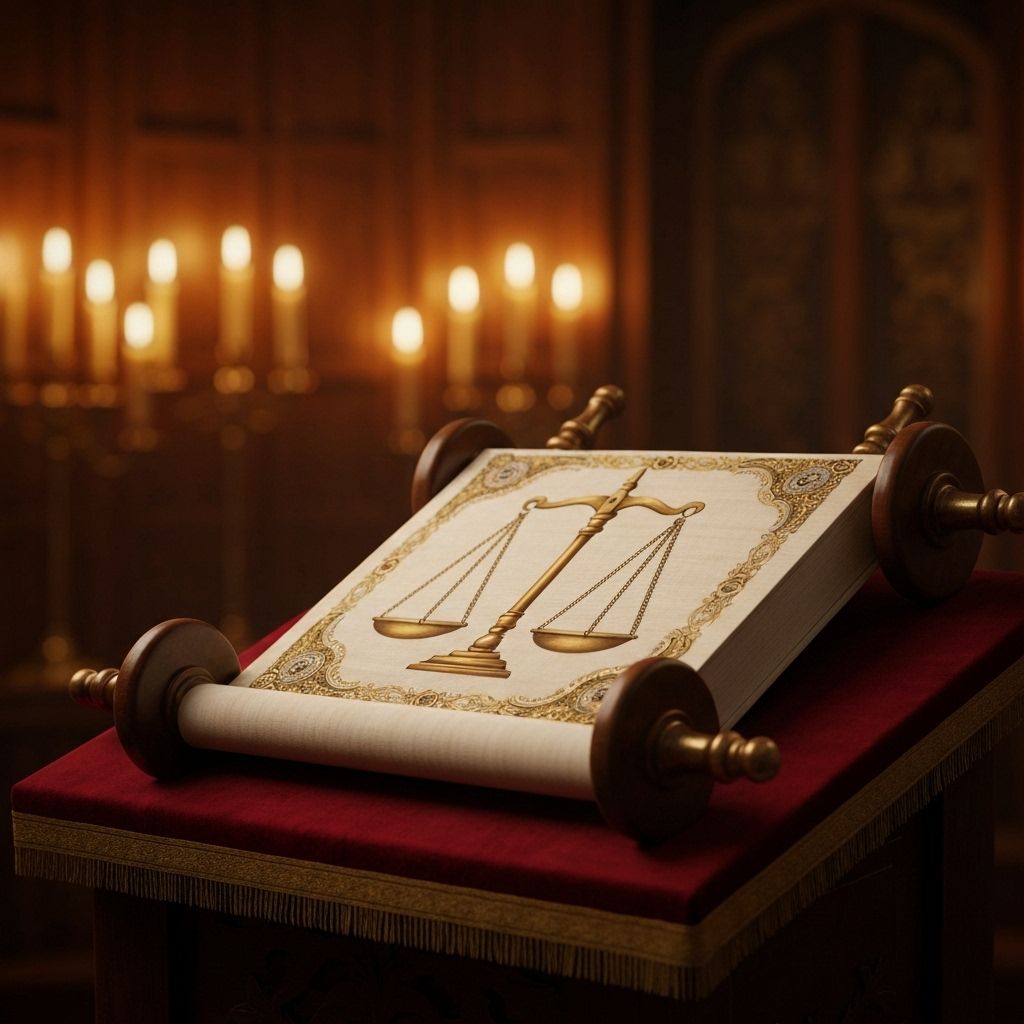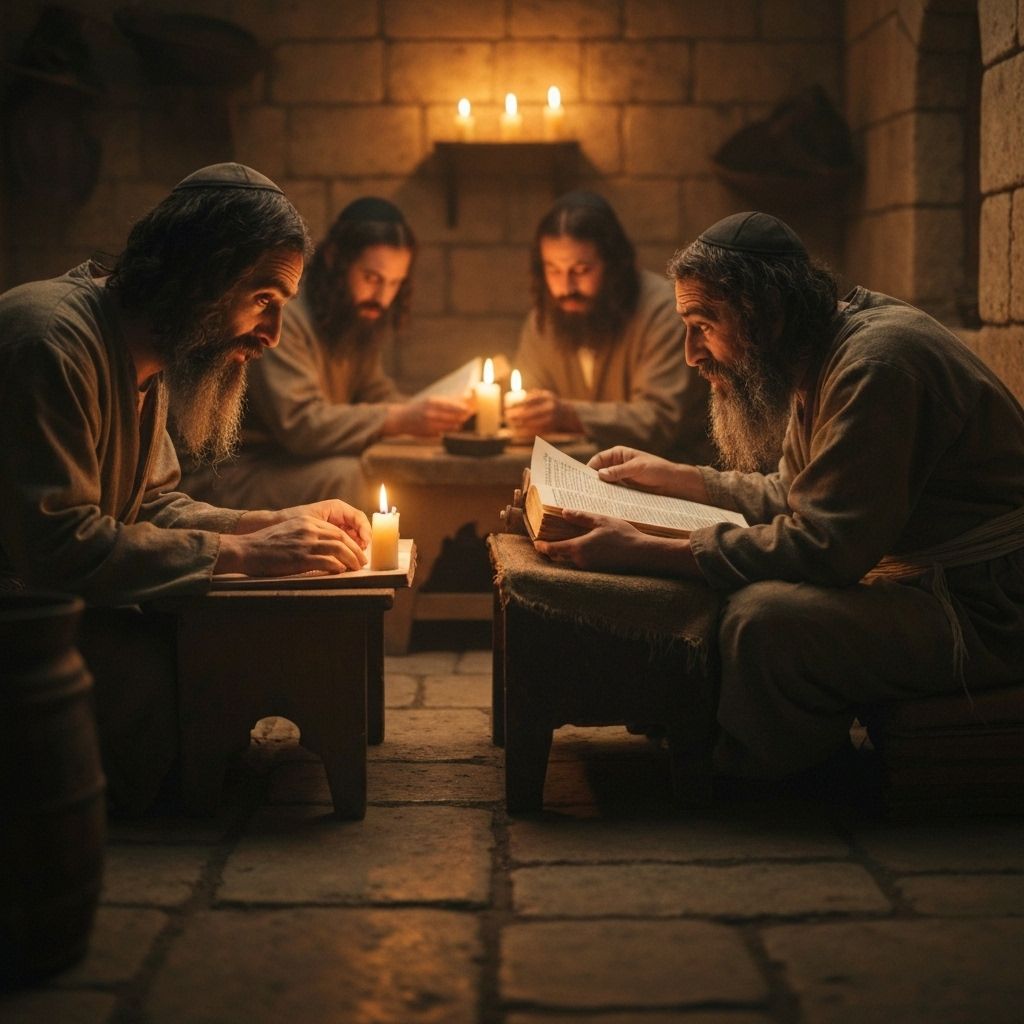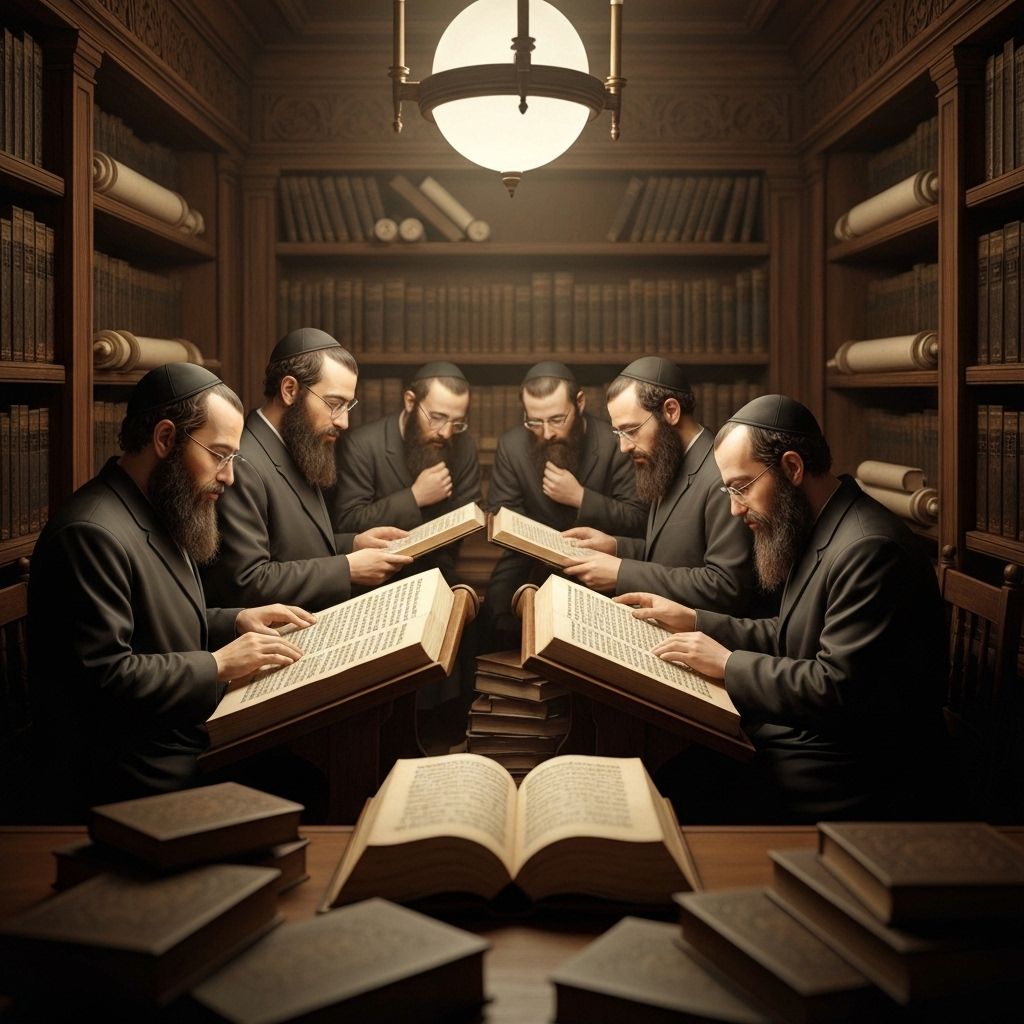3-Minute Summary
The Words of the Torah Explained with Help from Rashi and Ramban
Rashi (1040-1105) was a medieval French rabbi whose commentary on the Torah and Talmud is considered essential reading. His explanations focus on the plain meaning of the text and are known for their clarity and accessibility.
Ramban (1194-1270) was a Spanish rabbi, physician, and philosopher who provided deeper mystical and philosophical insights into the Torah, often building upon Rashi's work while adding his own profound interpretations.
Jethro's arrival represents the reunion of Moses with his family and the integration of his Midianite experience with his Israelite mission. Jethro's status as a priest of Midian and his advice to Moses show that divine wisdom can come from unexpected sources and different cultures.
Jethro's observation of Moses judging the people from morning until evening reveals the inefficiency of centralized leadership. His concern that this burden will 'wear out' both Moses and the people establishes the principle that sustainable leadership requires proper delegation and distribution of responsibility.
Jethro's advice to select 'capable men who fear Hashem' and appoint them as leaders over thousands, hundreds, fifties, and tens creates a hierarchical judicial system. This structure ensures that minor matters are resolved locally while major issues reach higher levels, preventing the overburdening of central authority.
Moses' acceptance of Jethro's advice demonstrates humility and wisdom in leadership. Rather than insisting on personal control, Moses recognizes the value of counsel from others and implements a system that will serve the community's long-term welfare.
The Israelites' journey from Rephidim to the Sinai desert represents their progression from liberation to covenant. The arrival at Sinai marks the transition from being a former slave nation to becoming Hashem's chosen people with divine purpose and responsibility.
Hashem's command to Moses to remind the people of their Egyptian bondage and divine redemption serves as preparation for covenant. Memory of divine deliverance creates the foundation for commitment to divine service, ensuring that gratitude motivates obedience.
The consecration of the people through washing their clothes symbolizes spiritual purification and readiness for divine encounter. This physical act represents the internal preparation required for experiencing Hashem's presence and receiving divine instruction.
The boundaries established around Mount Sinai—neither people nor animals may touch it—create sacred space and teach respect for divine holiness. The mountain becomes a sanctuary where human and divine realms meet, requiring appropriate preparation and boundaries.
Hashem's descent upon the mountain in fire represents both divine majesty and the transformative power of divine presence. The smoke, fire, and earthquake demonstrate that encountering Hashem changes both the environment and human perception of reality.
The offer to make Israel a 'kingdom of priests and a holy nation' represents the ultimate elevation of human purpose. Rather than being defined by victimhood, the Israelites are offered partnership in divine service, becoming conduits of holiness to the world.
The conditional nature of the covenant—if the people obey Hashem's voice and keep His covenant—establishes that divine blessing depends on human faithfulness. This creates genuine relationship rather than coerced obedience, where both parties have responsibilities and commitments.
The people's unified response of 'Everything that Hashem has spoken, we will do' demonstrates collective commitment and acceptance of divine authority. This moment of national unity creates the foundation for receiving the Torah and establishing the covenant relationship.
Moses' role as intermediary between Hashem and the people establishes the principle of prophetic leadership. He ascends and descends the mountain, carrying divine communication and human response, creating a bridge between heaven and earth.
Hashem's command to prepare the people for three days—warning them not to approach the mountain—builds anticipation and reverence for the divine revelation. This period of preparation ensures that the experience of receiving the Ten Commandments will be transformative rather than overwhelming.

